-
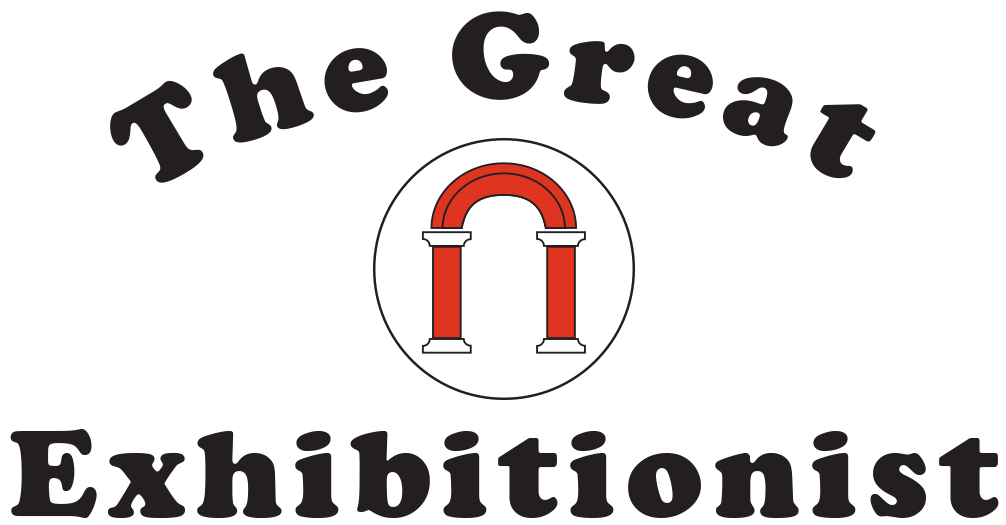
Hollein as designer-curator
Exhibition-making and curating formed a key strand in Hans Hollein’s practice. They allowed him to experiment in concentrated form with his most radical ideas on architecture as a medium of communication. For the Austriennale in 1968, he presented and packaged Austria and its culture as products behind a series of doors in narrow corridors, which created for visitors an intense experiential and spatial engagement with the material on show. With his curation and design for the Cooper Hewitt Museum’s opening display, MANtransFORMS, in New York in 1974, Hollein presented an anthropological history of design not just as man’s transformation of material into design object, but as the metamorphosis of humans into designed social beings. Exhibitions enabled Hollein to play with objects, displacing them from one environment to another, mixing scales and materials: creating meaning, beyond function, through juxtaposition and context. As such he was postmodern before his time, and he went on to produce, in the columned façade he designed as part of Paolo Portoghesi’s exhibition Strada Novissima at the Venice Architecture Biennale in 1980, an iconic call to arms for the spirit of Po-Mo architecture. (rgw)
-
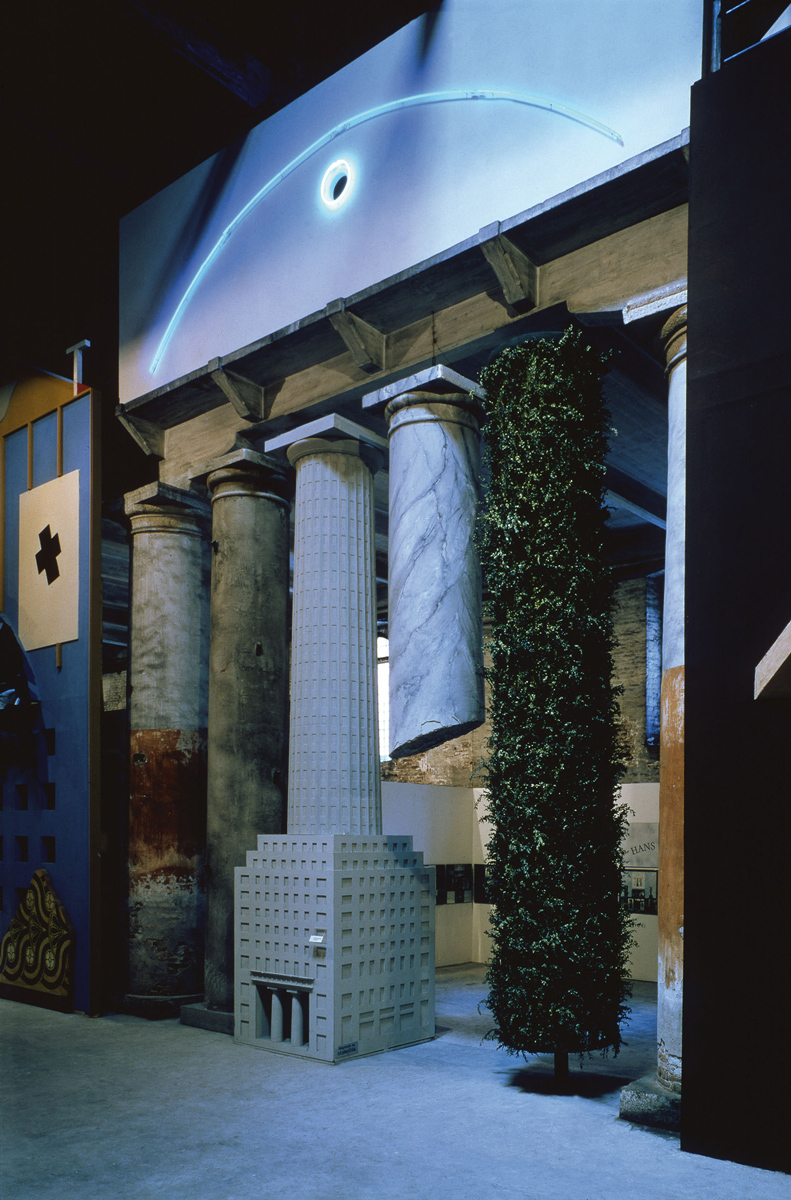
Strada Novissima, “The Presence of the Past” exhibition, Venice Biennale, 1980. (Image courtesy MMK)
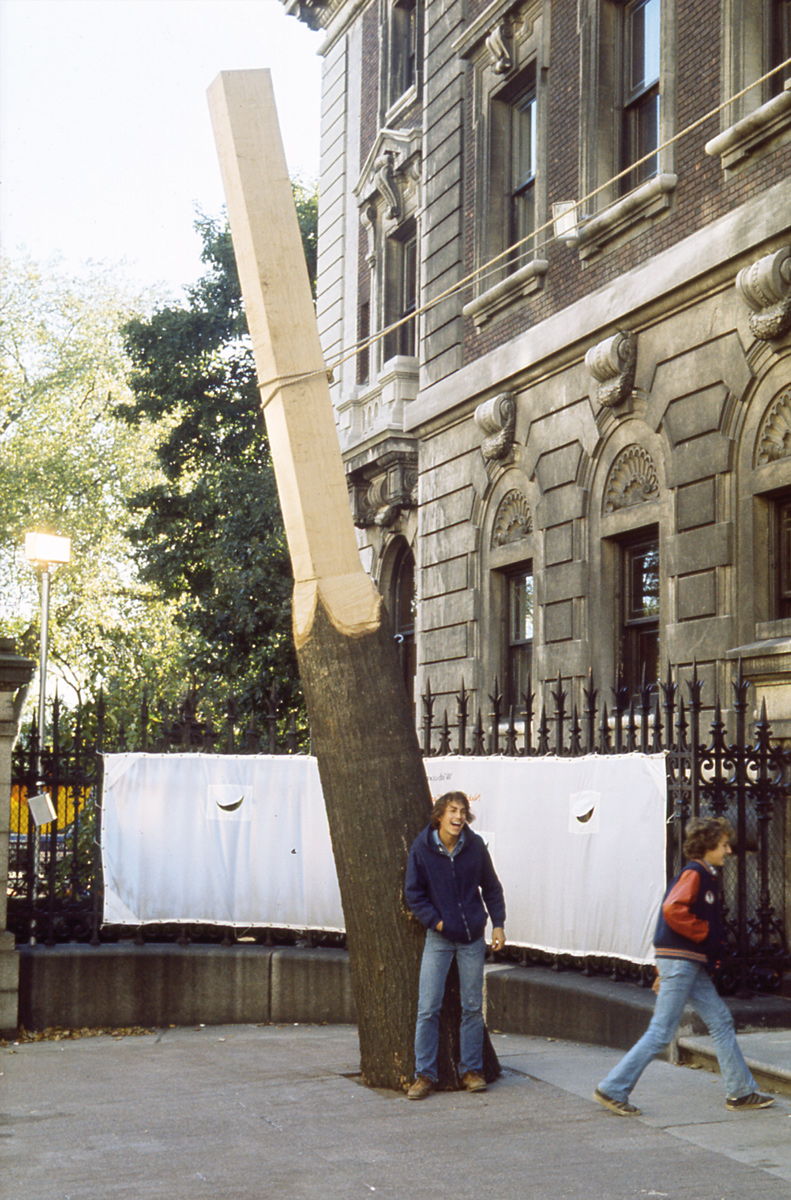
“MANtransFORMS”, 1974. (Photo © Murray Grigor, courtesy Hans Hollein archive)
-
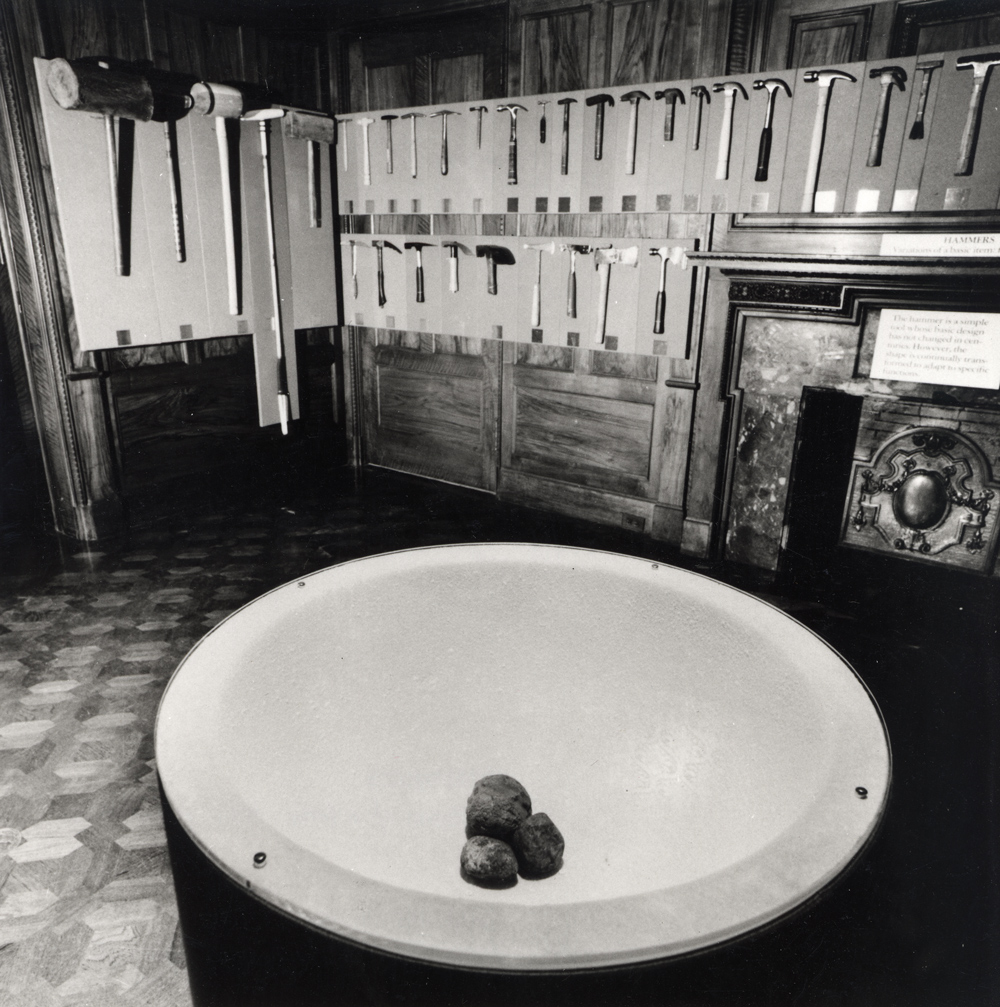
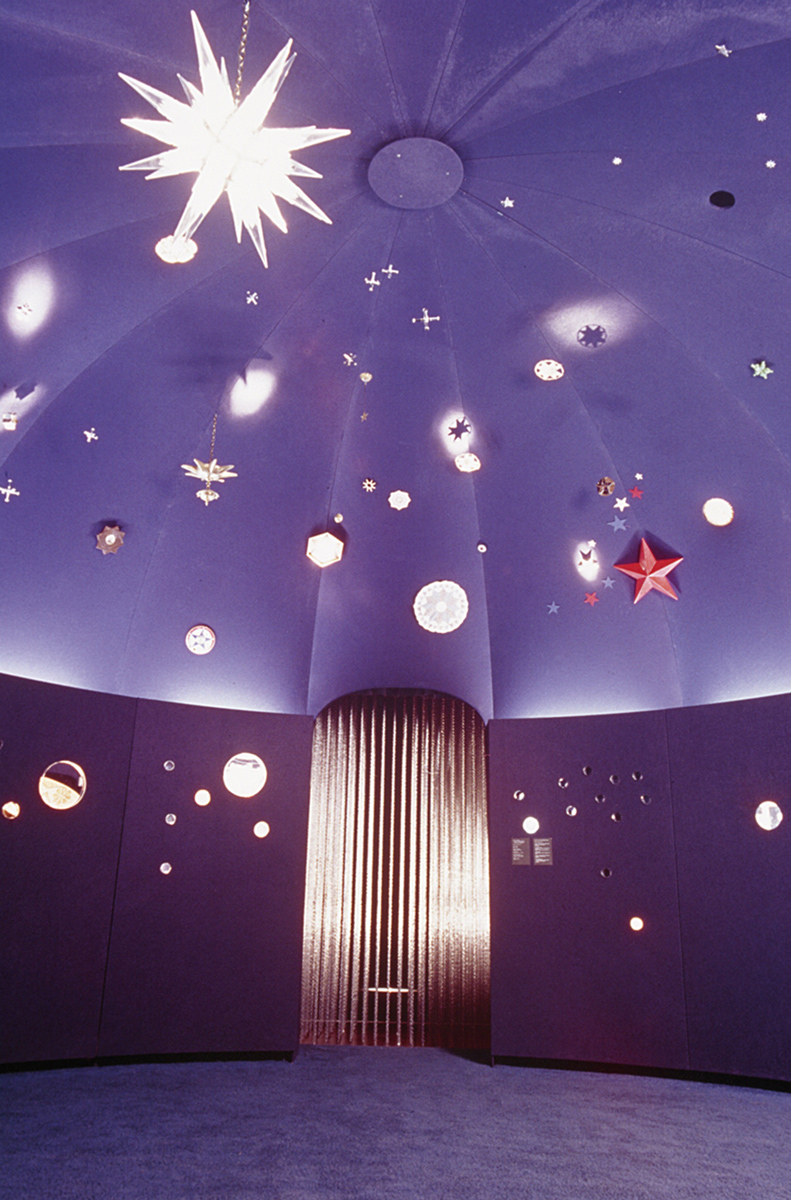
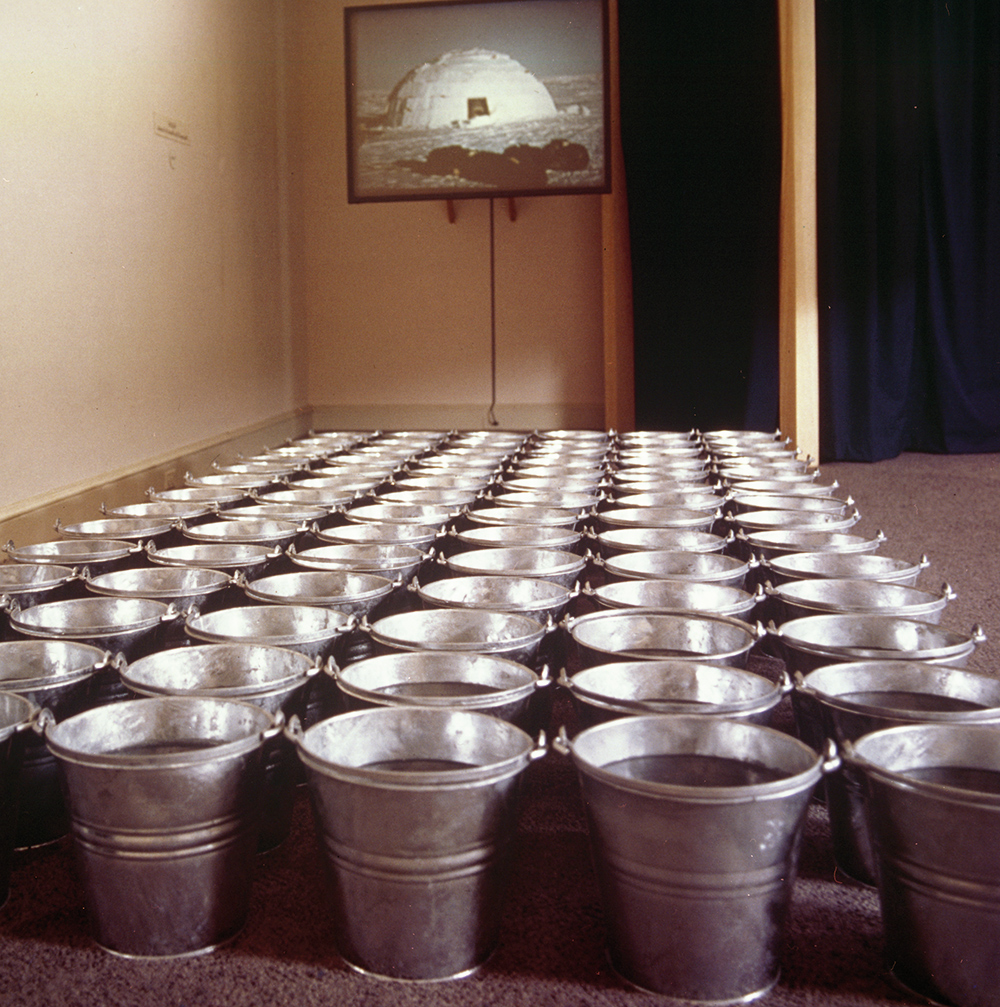
“MANtransFORMS”, 1974. (All photos © Murray Grigor, courtesy Hans Hollein archive)
-
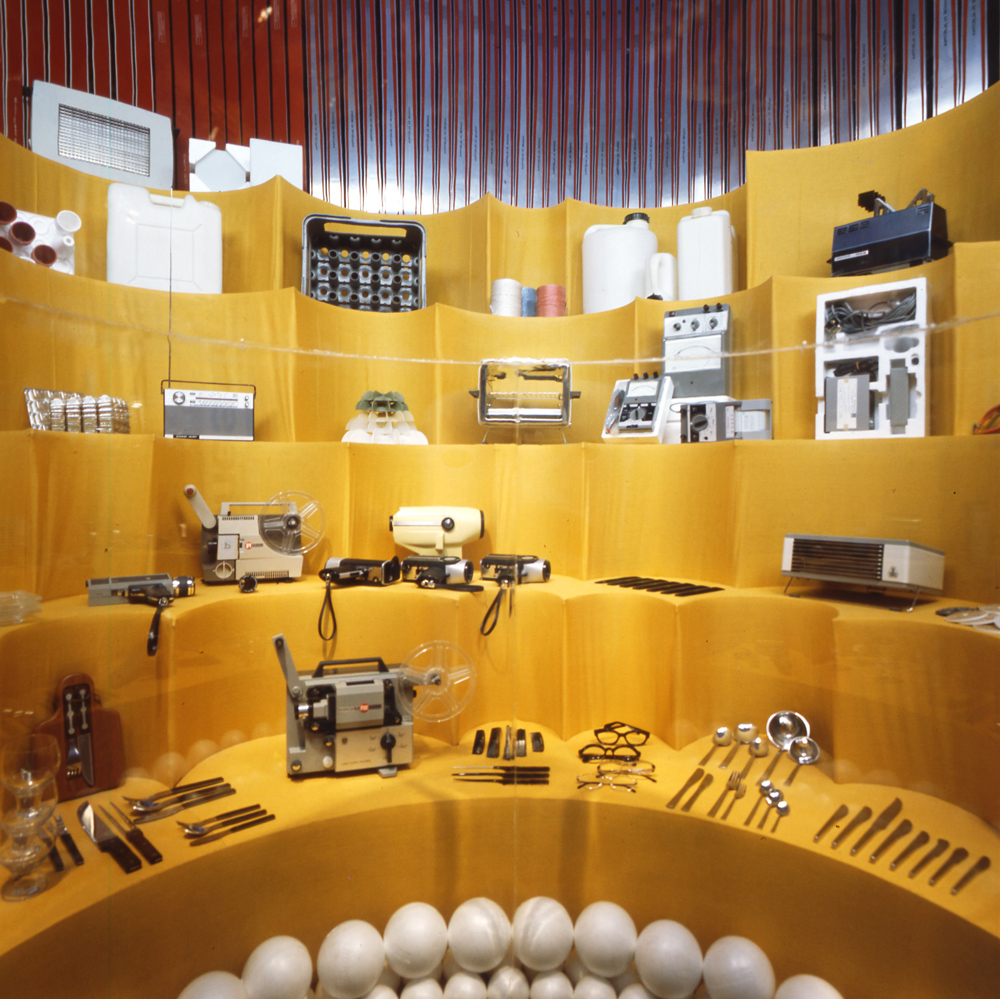
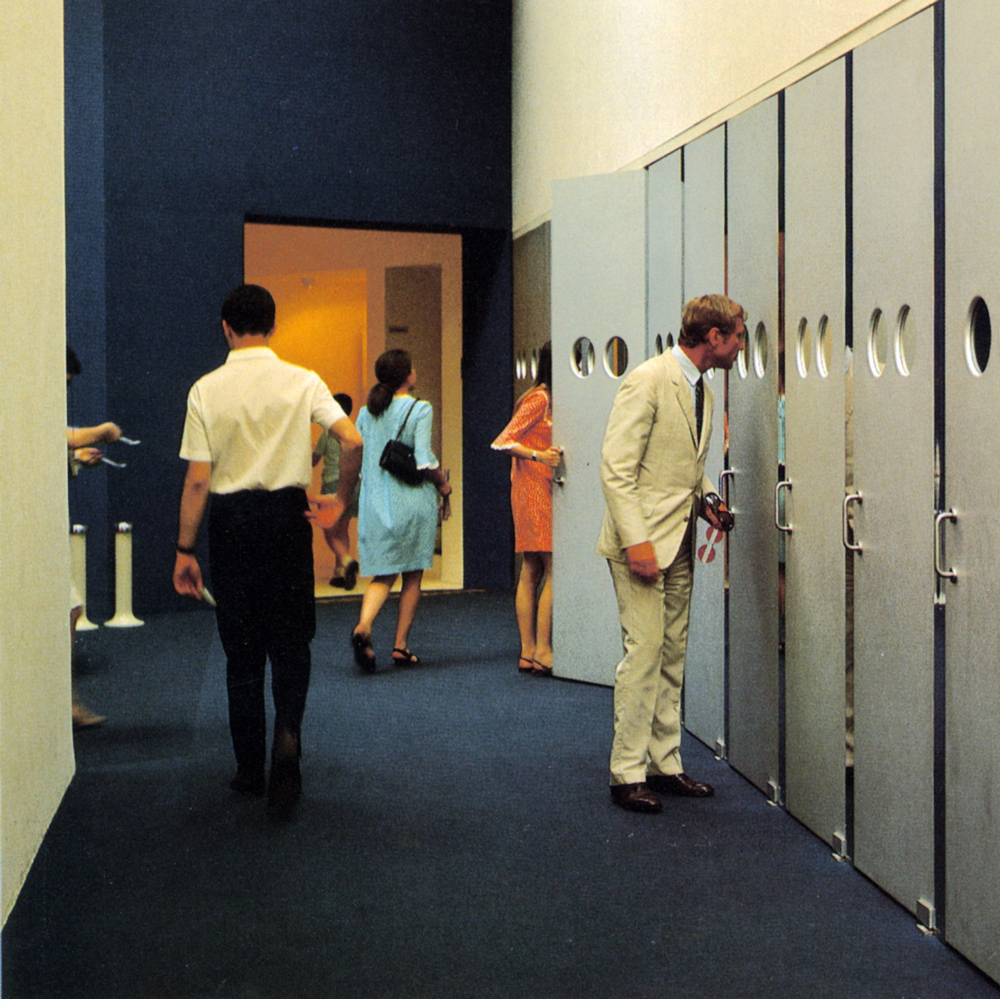
“Austrienale”, Austria’s contribution to the 14th Triennale di Milano, 1968. (All photos © Christian Skrein, courtesy Hans Hollein archive)
-
Search
-
FIND PRODUCTS
PRODUCT GROUP
- Building Materials
- Building Panels
- Building technology
- Façade
- Fittings
- Heating, Cooling, Ventilation
- Interior
- Roof
- Sanitary facilities
MANUFACTURER
- 3A Composites
- Alape
- Armstrong
- Caparol
- Eternit
- FSB
- Gira
- Hagemeister
- JUNG
- Kaldewei
- Lamberts
- Leicht
- Solarlux
- Steininger Designers
- Stiebel Eltron
- Velux
- Warema
- Wilkhahn
-
Follow Us
Tumblr
New and existing Tumblr users can connect with uncube and share our visual diary.
»Don‘t fight forces, use them.«
Richard Buckminster Fuller
Keyboard Shortcuts
- Supermenu
- Skip Articles
- Turn Pages
- Contents


